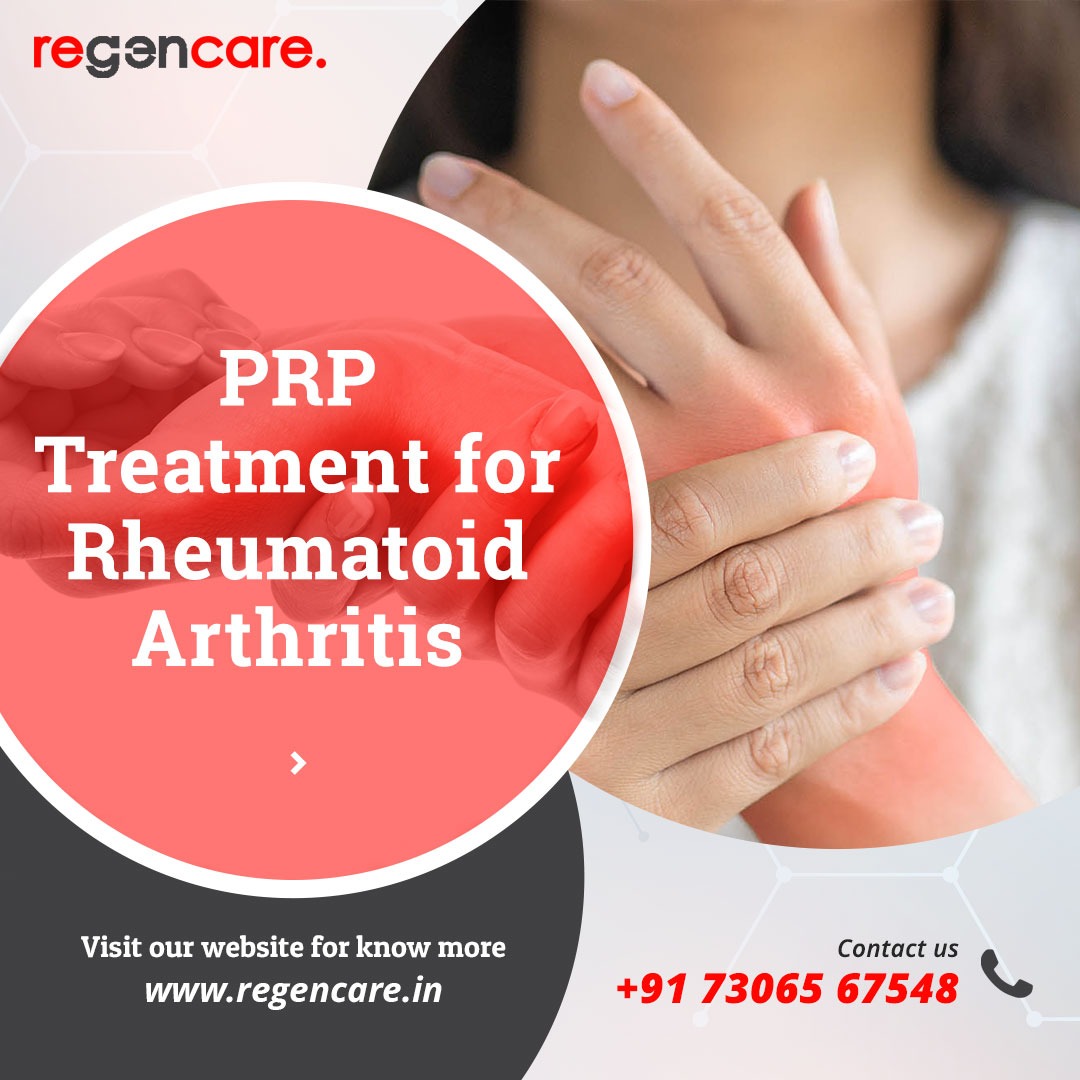
If you have arthritis and your regular therapies aren't helping, platelet-rich plasma (PRP) therapy might be worth a try.
PRP is a form of regenerative therapy that boosts the body's capacity to repair joint damage brought on by traumas and conditions like rheumatoid arthritis, which damage the joints and generate pain.
The goal of platelet-rich plasma therapy is to use your own cells to mend damaged areas of your body. You can then take full use of your body's natural ability to heal itself. Your blood contains platelets, which are composed of proteins that promote both cell division and the growth of new blood vessels.
Platelet-rich plasma, which is blood with a greater-than-normal concentration of these platelets, offers more strong healing properties than conventional blood. This platelet-rich plasma can help hasten the healing process by encouraging new development and repairing damage.
How can PRP reduce inflammation in arthritic joints?
When the cartilage that covers the ends of your bones wears away, the resulting painful rubbing of the bones leads to arthritis. By reducing cartilage degradation and averting potential inflammation, PRP therapy can reduce the symptoms of rheumatoid arthritis. PRP therapy is most frequently used to treat rheumatoid arthritis of the knee.
-
Early treatment yields greater results
Rheumatoid arthritis can be effectively treated with PRP, especially in its early stages. The cartilage that lines the joints can shrink and become thin with time, which causes friction between the bones. Arthritis causes pain and dysfunction by gradually enlarging the joint through the growths known as bone spurs and inflammation. PRP can aid in easing this discomfort and inflammation. Additionally, it might be able to promote cartilage regeneration, which might be able to halt the degenerative effects of ageing and slow the development of arthritis.
-
How is PRP created?
PRP creation can be done quickly, painlessly, and conveniently during an office visit. It just takes about 25 to 30 minutes from the time blood is drawn until the solution is ready. Similar to a typical blood test, a small sample of the patient's blood is extracted then it is put into a centrifuge. In order to separate the blood into concentrated platelets and red blood cells, the centrifuge spins the blood at a high rate of speed. Following blood separation, red blood cells are eliminated, leaving concentrated platelet rich plasma (PRP), which is prepared for use in the healing process.
-
Are you a good candidate for PRP treatment?
Generally speaking, PRP therapy is beneficial for anyone with healthy blood. You're a good candidate if:
You experience joint pain in your hands, feet, elbows, or knees.
struggle to complete daily tasks like cooking due to arthritic pain.
Physical therapy was ineffective.
Other conventional therapies have been ineffective.
Your pain has not been diminished by steroid injections.
Pain relief with over-the-counter pain relievers is ineffective.
Visit our website for more information on PRP therapy. Call us and make an appointment online if you have arthritis and want to stop letting joint discomfort interfere with your life. Visit www.regencare.in










